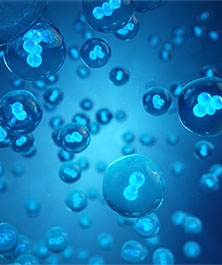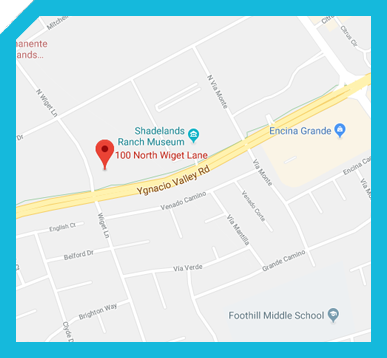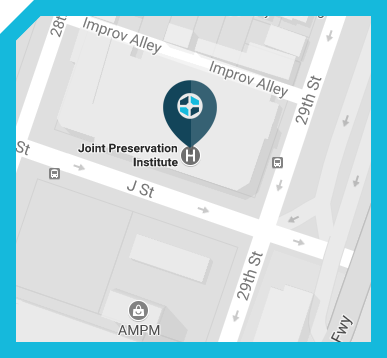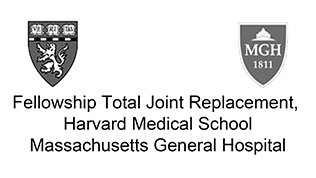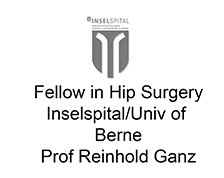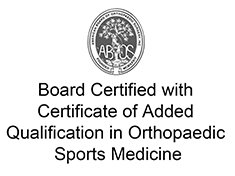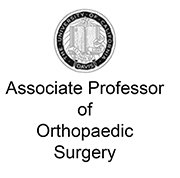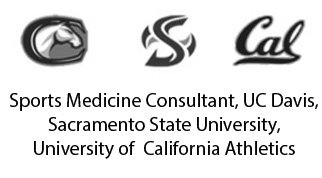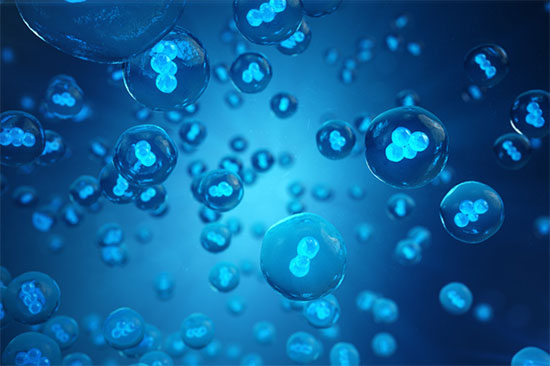
Many improvements have been made in the past few decades in understanding the mechanics of the body, the healing of tissues, and the course of progression of diseases like arthritis.
There is still much to be discovered, especially in the field of orthobiologics and regenerative medicine.
Orthobiologics are substances derived from a patient's own tissues, such as bone marrow or blood that are filled with signalling molecules or cells which stimulate and enhance the repair of musculoskeletal injuries. One can think of it as a treatment aimed at restoring joint function by harnessing the natural healing processes of the body. Orthobiologics can help delay or avoid more invasive treatments. At Joint Preservation Institute, we are at the forefront of developing and utilizing advanced orthobiologic treatments for our patients. The common orthobiologics currently available are:
Stem Cell Treatment: Stem cells use the supply of a patient's own regenerative cells and growth factors by injecting them into the injured joint, muscle, or tendon. Powerful anti-inflammatory and pro-healing results can be achieved when used with the proper indications. Stem cell treatment can be performed in a day-surgery setting with minimal downtime. Stem cells are unique in their ability to develop and transform into other types of body cells based on the specific environment and surrounding chemical signals. These cells are usually obtained from the pelvic bone by aspiration using a needle and a syringe. Stem cells are also highly prevalent in fatty tissue. Using a procedure called Lipogems, tissue rich in stem cells can be obtained and injected into the joint or other area in need of enhanced repair.
Platelet Rich Plasma (PRP) Therapy: Platelets are a special type of blood cell involved in making clots. One of the side benefits of their role is that they contain hundreds of proteins called growth factors that are very important in healing injuries. This healing capacity can be harnessed and enhanced by a special treatment called platelet rich plasma (PRP). During the procedure, a small quantity of blood will be drawn from your arm and placed in a centrifuge machine to obtain a concentrate filled with platelets and growth factors, called platelet-rich plasma. The PRP is then injected into the area of pain or injury.
Both stem cell and PRP injections can be administered in an office setting, with the entire procedure completed within an hour. There may be some discomfort in injection for a few days or weeks, which should subside its own. In many cases, you will be able to experience improvement in your condition within 4-6 weeks.
When deciding if biologics is right for you, it is important to select a physician that complies with the highest standards of ethical use of these treatments. Unfortunately, many centers are promoting stem cells that are obtained from unknown sources and are using stem cell injections that are not cleared by the U.S. Food and Drug Administration. These centers take advantage of patients’ desires to return to their previous life and add insult to injury by providing services with no real benefit to their symptoms.
Dr. Amir Jamali, founder of the Joint Preservation Institute, specializes in exceptional one-on-one orthopedic care of the shoulder, hip and knee using the latest technology, including regenerative medicine with biologics. With his involvement in clinical trials and research at UC Davis, UCSF, and UC Berkeley, Dr. Jamali has pioneered new techniques in the biological treatment of hip, knee and shoulder joints.
If you’re suffering from an orthopedic injury or degenerative joint disease, and have not found relief, call us today for a consultation with Dr. Amir Jamali.




 The Role of Biologics in Orthopedics
The Role of Biologics in Orthopedics 